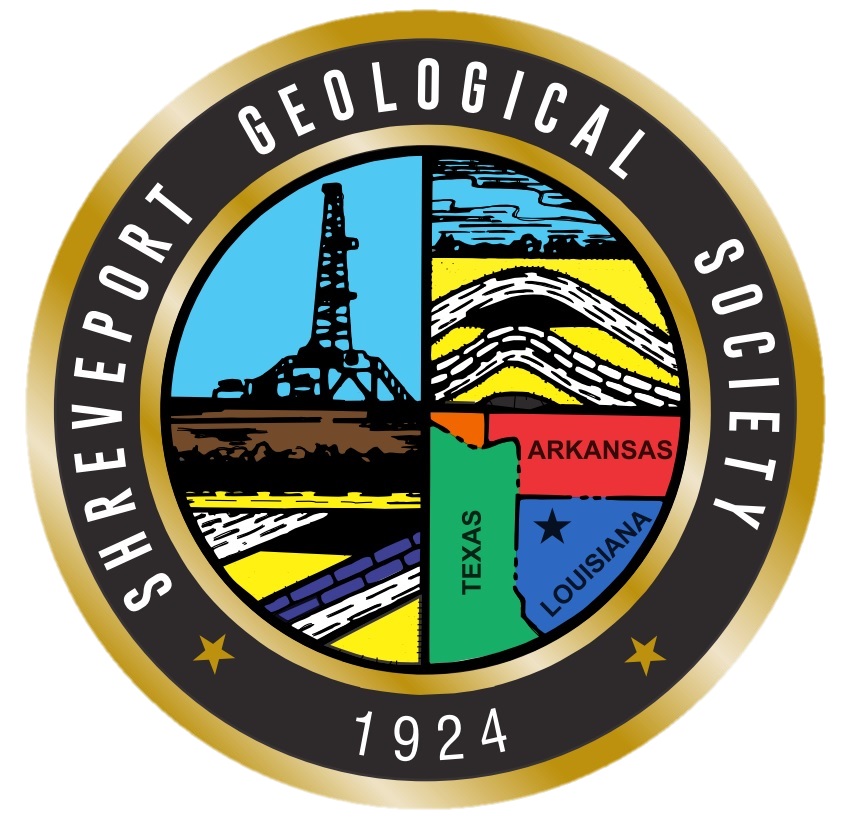The Shreveport Petroleum Club, 15th floor
Cost: $20, Children 10 and under $8
We encourage members to invite guests, spouses, and friends to any of our meetings.
If you’d like a seat, kindly email or call in your reservation by the preceding Friday to John Stroud at jostroud@stroudexploration.com or 318-425-0101.
Biography
Bob Erlich received his BS degree in Geology from the University of Miami, his MS degree in Sedimentology from the University of North Carolina at Chapel Hill, and his PhD in Paleoceanography from Vrije Universiteit in Amsterdam, The Netherlands. He has published extensively on the geology of northern Latin America with an emphasis on Cretaceous petroleum systems, and is currently focused on the exploration of Cretaceous depositional systems along the Equatorial Atlantic margins. ...
Abstract
The stratigraphic and structural evolution of the Florida-Cuba-Bahamas collision zone has historically been highly generalized when incorporated into plate tectonic models. Recent integration of publicly accessible well, seismic, and geochemical data has led to a better understanding of the paleogeographic history and petroleum potential of the area.
Structural deformation and lithologic units within the collision zone have been described previously but bear repeating here. The area can be partitioned into three distinct zones:
· A southerly zone from southern to central Cuba, which can be characterized by arc and back-arc collapse features and is dominated by basic igneous rocks;
· A central zone extending from central Cuba to the Florida-Cuba-Bahamas coastal zone, characterized by highly duplexed arc, fore-arc, and Bahamian passive margin rocks, and;
· A northerly foreland zone located between Cuba and Florida and the Bahamas, characterized by longer wavelength, lower amplitude fault-bend folds, hanging-wall anticlines, and normal faults, involving only Bahamian passive margin rocks.
Deformation within the collision zone continued until the Late Eocene and strongly influenced the hydrocarbon prospectivity of the region. ...
Paid members of the Shreveport Geological Society can read the speaker's full abstract and biography in the newsletter by logging into the Members Area.







































